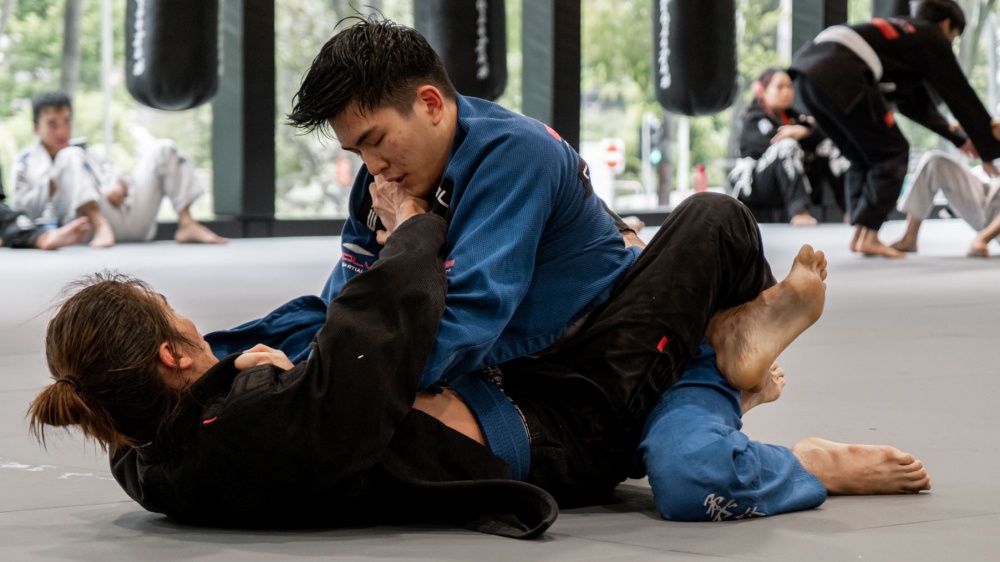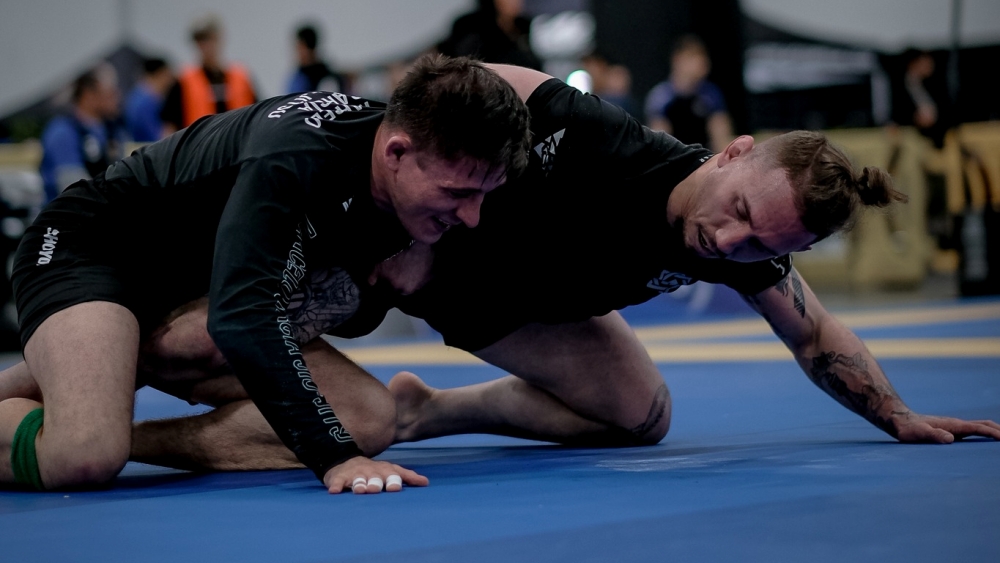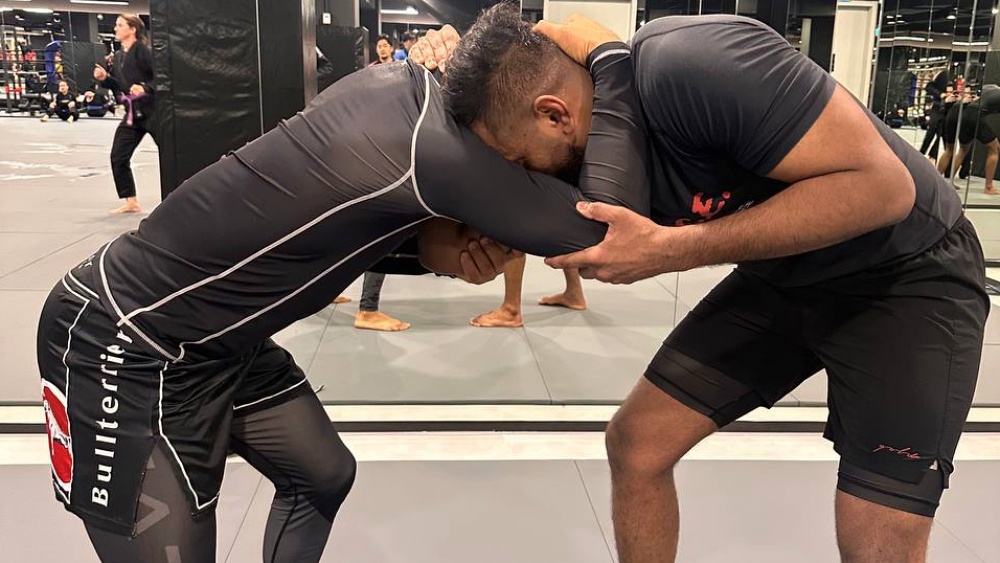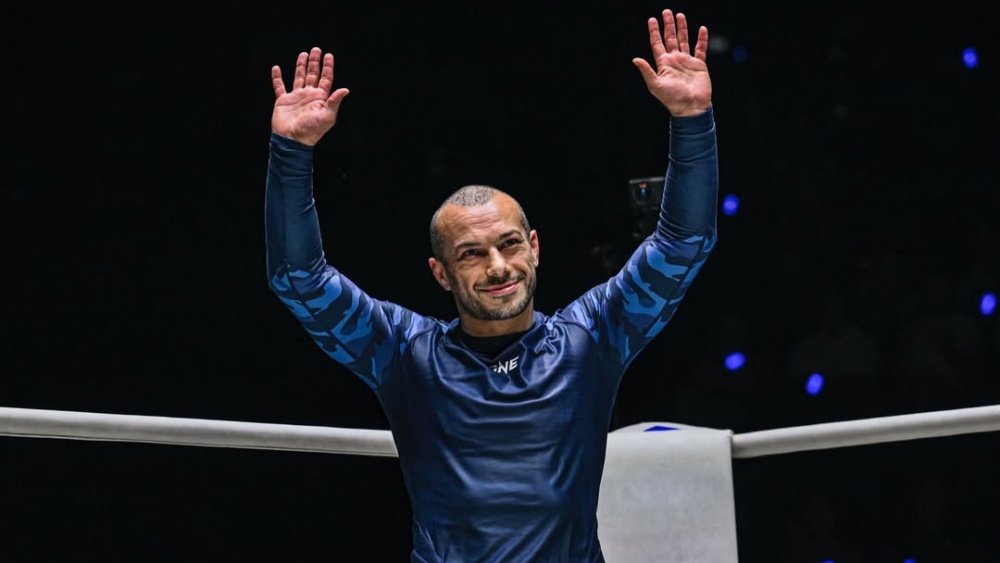Training in Jiu-Jitsu is rewarding for the mind and body, a reason it is among the fastest-growing martial arts today. As it becomes more and more known worldwide, many have started training for fitness and recreation. If you have been training in the art for some time, you’ll agree that BJJ has many positive benefits for your well-being. BJJ is addictive, and it is common for practitioners to look for different ways to progress in their journey.
This article will give you seven must-know tips to help you improve your gi BJJ.
1) Establish Your Initial Grips
In Jiu-Jitsu, everything starts with the grips. According to John Danaher, getting a superior grip while denying the opponent an adequate grip is an essential ingredient to winning the exchange. Always look for ways to establish the initial grips.
In gi BJJ, where playing guard is a big part of the game, getting a good initial grip will help you move to your go-to positions and secure your favorite attacks. A firm grip can also help pull the opponent’s head down in the stand-up (or even on the ground), thus breaking posture and limiting their overall offensive momentum.
2) Strip the Opponent’s Grip Before Passing
In connection to tip #1, it will be difficult to pass the opponent’s guard when they have established their favorite grips. Grips help the opponent create space and apply frames, which they can use to repel your attempt to pressure forward and pass their guard.
It is important to remember that before attempting to pass the guard, ensure that the opponent has no adequate grip against you. While you may sometimes overcome the opponent’s grip if you have a big size and strength advantage, it will hardly work against someone as skilled or more skilled than you. Take the opponent’s hold off and recognize it as a threat before it becomes a bigger problem.
3) Use The Opponent’s Gi To Choke Them
Turn your opponent’s gi grip to your advantage. Utilize the opponent’s collar and lapel to choke them. While the king of all submissions, the rear naked choke, works just as well in gi Jiu-Jitsu, take advantage of unusual grips and learn techniques that require your opponent’s gi to attack. This way, you will have more options for submissions regardless of where you are in the match.
A prime example of this is the bow and arrow choke. The bow and arrow is one of the most powerful, if not the most powerful choke in all of BJJ. It works just like the rear naked choke – it disrupts the blood flow from the carotid artery to the brain. The key difference is that with the bow and arrow, you use the opponent’s lapel to choke them while you position your body perpendicular to the opponent, making the choke stronger.
4) Choose A Gi Guard To Study
Pick a gi guard you want to study and work on mastering the position. There are a lot of guards to choose from, like the de la Riva, spider, lasso, butterfly, and many more. Also, please do not neglect the most basic ones, like the closed and half guard, as they are essential to every grappler’s defensive arsenal.
In choosing a guard, find the one that best suits your game. Some things should be considered, such as age, body type, and athleticism. With all things considered, if you are a young and lanky grappler, the DLR and spider guard will be an excellent fit for your game.
Some guards work better in no-gi, while some are specifically for gi. Suppose you are a grappler that trains them equally, practice guards that are compatible with both styles of BJJ. This way, you can simplify your approach regardless of the ruleset. An excellent example of this is the butterfly guard. Add another layer of guard (secondary guards) to your game, like the single leg X and X guard, and you now have a set of guards that are interconnected and can be used in conjunction with each other.
5) Master The Fundamentals
Kron Gracie said that everything in life goes back to the basics. While you can always add more techniques to your BJJ, we encourage you to first master the basics. As seen with the success of the legendary Roger Gracie, fundamentals work even in the highest level of competition.
Remember the most fundamental concepts of BJJ, such as securing the position before going for the submission (controlling your opponents), always maintaining good posture, and creating mismatches. These key concepts are applied in all situations that you land in.
6) Learn A Takedown Or Two
As all matches start standing up, you can engage using takedowns or pull guard. While pulling guard has a couple of tactical benefits, having a good takedown game is always the better approach.
Because of the added grips in gi Jiu-Jitsu, throws and takedowns can be performed much more efficiently. Takedowns can be simple once you become proficient; the path to mastery, though, is difficult. Remember to stay loose and never force the situation when initiating your takedowns.
7) Strengthen Your Grips
BJJ is a martial art with lots of pushing and pulling. Having a vice-like grip is highly useful, especially when training in the gi. Although a big part of grip fighting relies on technique, working on your grip strength off the mats will significantly help your grappling. You wouldn’t want to abandon your open guard because you are slowly loosening your grip.
In the context of longevity, do strength and conditioning exercises like the deadlift, gi pull-ups, barbell rows, and rope climbs to help improve your grip strength.
Conclusion
Brazilian Jiu-Jitsu is a cerebral sport. It keeps your mind engaged as much as your body. Think of training in the gi like you are playing a slower, more methodical game of chess. Grappling is a game of inches: use the gi to your advantage and apply your preferred grips every time you have the chance.
You may also like:

















